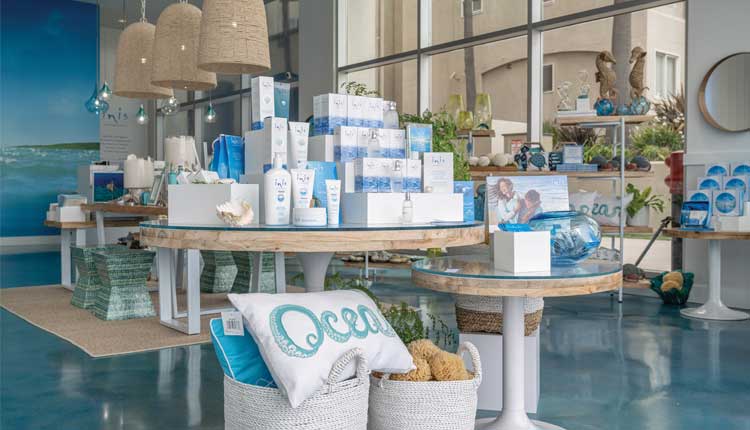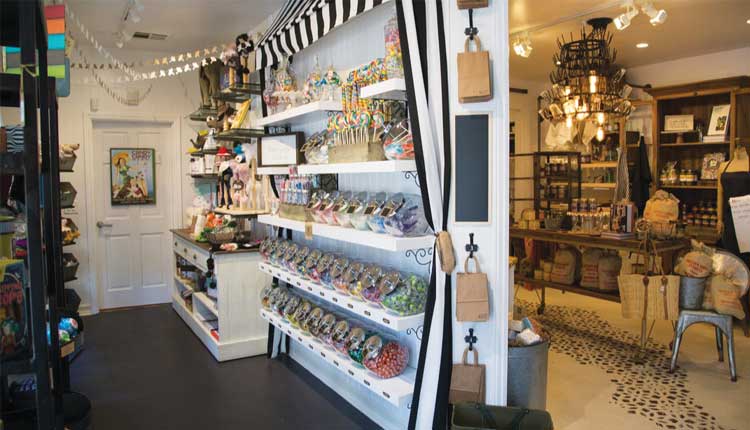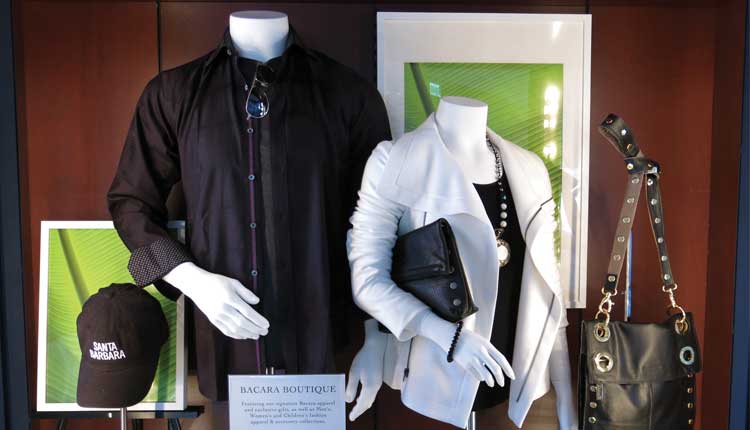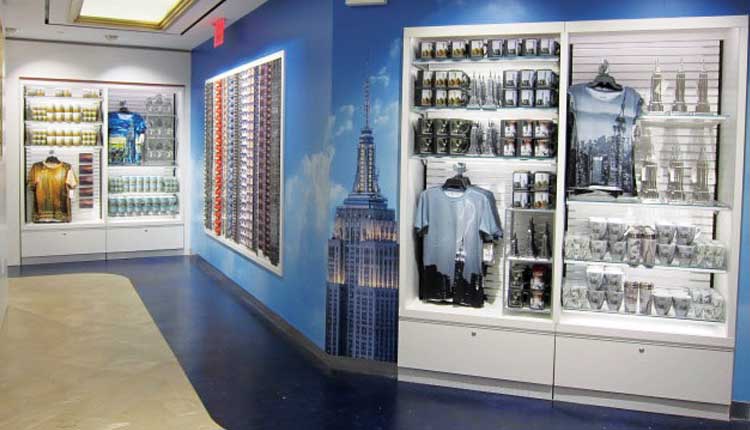Space planning for retail success |
| By Michael Hale |
|
|
Maximize selling opportunities by using sales analytics to configure your store. I can’t tell you how many times I have heard “we sell a lot of this” only to find that when accurate sales reports are pulled, “this” only contributes to selling one or two per day or as little as 1% of the store’s overall sales per year. While my goal as a retail design strategist is to help you sell more, analysis helps with making strategic decisions on category (and product) placement. What is space planning?Space planning is a strategic technique used to properly allocate space on your sales floor by accurate sales statistics. It helps you make sure you have the adequate space needed for top-performing categories and also helps you understand if you are over-spaced on lower producing categories. Space planning can be big-picture, or it can be extremely granular. It all depends on how deep you want to go and how detailed you want to get. I have worked with clients where every inch of selling space had to validate its space by sales.
Related Article: Presentation Case Study - Inis the Energy of the Sea My suggestion for most of my clients is to look at it by category first and then dig in deeper if more detailed analysis is required within each category.
Once you have accurate category and/or subcategory sales, you can begin to understand what categories bring in what volume or percentage of your store’s overall sales. For example, you may find that gifts are 40% of your business, while apparel is 20%, kids and toys are 15%, regional foods are 10% and 5% is other miscellaneous categories.
For a rough idea, you can simply count the number of sections/fixtures in your store that are dedicated to each category. If you have a total of 30 sections/fixtures and six sections are dedicated to gifts, then approximately 20% of your overall store selling space is allocated to gifts. Again, you can get granular with specific measurements if you desire a more precise space planning analysis.
Related Article: Presentation Case Study - Blackbird General Store A slightly more specific measuring method is by linear feet. A 3-foot wall section is twice the height of most floor fixtures but really only has an accessible shopping space that is equivalent to what a floor fixture is, so I would say it is 3 linear feet. When it comes to floor fixtures, you’ll want to count each side. For example, a 4-foot-by-2-foot gondola is a total of 12 linear feet (four plus four, plus two plus two, equals 12). Once you tally the entire store’s linear feet, you can start to deduct how many linear feet each category occupies, then establish each category’s percentage of overall space.
At the same time, you may find that apparel only contributes to 20% of your store’s overall sales, but apparel occupies nearly 40% of your store’s overall selling space. That will tell you that apparel is overspaced. Related Article: Presentation Case Study - Bacara Resort & Spa 4. Set your store. By setting your store’s categories into properly allocated square footage, based on sales, you will find that you have the appropriate space to feature the correct product assortment that ultimately drives sales. Here is also where you can get granular and detailed by understanding what particular SKUs within a category are producing the most volume. I always say to pull your top five or 10 SKUs in each category to be sure they are represented well. These are the items driving that category’s sales. Adversely, the slowest selling items may need to be omitted if space requires. Keep in mindWhen setting your store, keep adjacencies in mind. Keeping impulsive or like categories adjacent to one another helps with add-on sales, i.e., displaying wearable accessories next to apparel or placing home or kitchen accessories next to regional foods. When determining what products or categories occupy key focal selling spaces, like at the POS or on the front table. Make sure it’s validating its space by high turnover. A $5 keychain may produce more volume in sales than a $60 necklace, but you may sell 20 to 30 of the keychains for every necklace. Also keep in mind security and theft issues. High-theft items merchandised where they have clear visibility can help with minimizing shrinkage.
Related Article: Presentation Empire State Building
Michael Hale is founder, CEO and creative director of Los Angeles-based retail design consulting firm Retail Rehab, www.retail-rehab.com. He can be reached at michael@retail-rehab.com. You can also hear him at the Coastal Connections Conference, Jan. 22-24, 2023, in Orlando during the panel session, “Maximum Impact Store Ideas.” Learn more at www.coastalconnectionsconference.com. |




